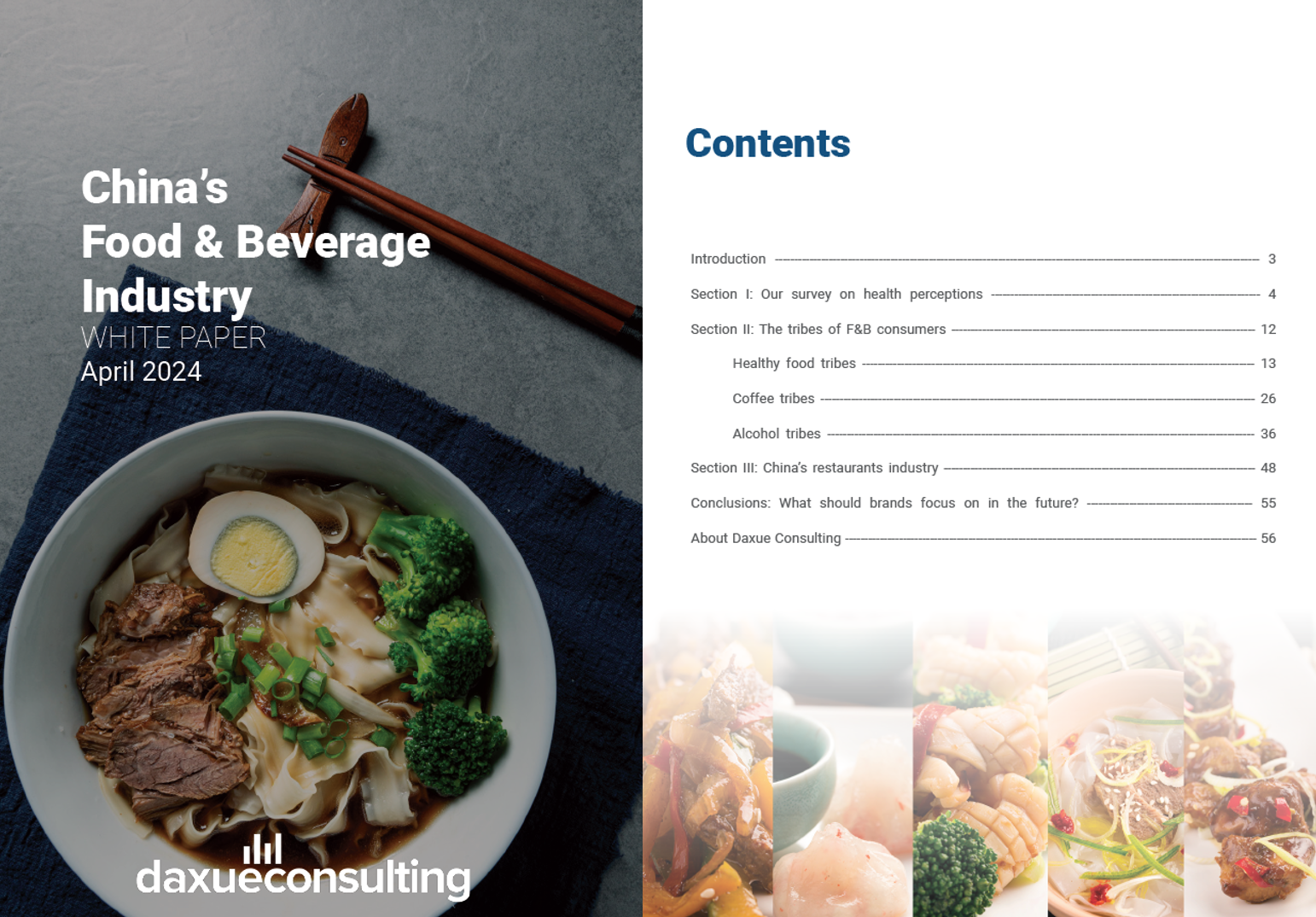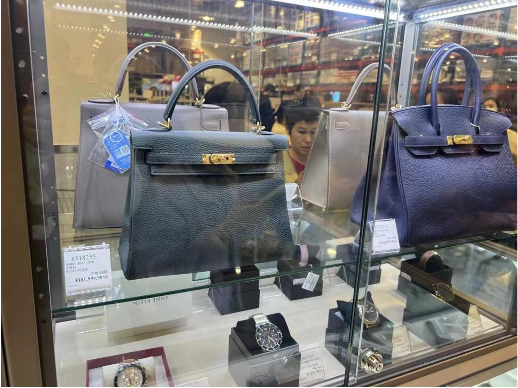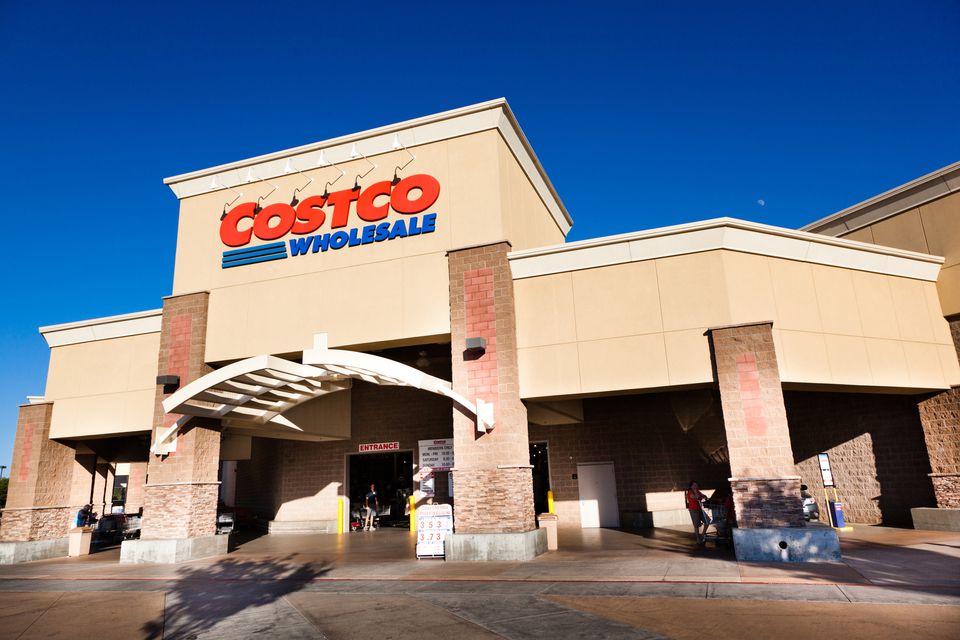In August 2019, American warehouse club Costco officially entered the Chinese market with a physical store in Shanghai. The opening weekend marked a hive of activity, with three-hour waits for parking spaces and thirty-minute queues at the checkouts. In January 2024, Costco in China expanded to the South with the opening of its Shenzhen location, receiving overwhelming crowds reminiscent of its Shanghai store debut and popular items like strawberries and cherries selling out quickly.
Download our China F&B White Paper

While China attracts global retailers with is expanding middle class and rising demand for high quality products, Costco is taking a more measured approach to growth. Even before opening its first store, Costco tested the waters by selling online, which allowed it to understand the Chinese consumers first. By comparison, it has grown more aggressively in other Asian markets. For example, Costco in South Korea has 19 stores as of April 2025 – nearly three times more than in China. This cautious strategy reflects the company’s effort to avoid the missteps of earlier entrants like Office Deposit.
How Costco approached China differently: online first, offline later
Five years before opening its first offline store in Shanghai, Costco operated through flagship stores on multiple e-commerce platforms in China. Tmall Global, JD.com, and Ymatou sold Costco’s goods to consumers across Greater China. These partnerships not only established Costco as a well-known retailer but also provided valuable data to identify its most successful areas, top-selling products, and target audience. Consequently, when Costco opened its physical stores in China, it decided to focus on East China where a higher average GDP and growing consumer recognition of foreign brands aligned with its target demographic: an expanding middle class.
Meeting Chinese consumers’ demand for high value for money (性价比)
Chinese consumers are making more rational purchasing decisions, with shoppers actively seeking high-quality products at lower prices. Costco’s model aligns well with this trend, offering premium products at competitive prices through its membership-based bulk purchasing approach. For instance, Costco in China offers premium local white liquor called Maotai priced at RMB 1,499 per bottle compared to the average retail price of RMB 2,500 per bottle. This strategy not only attracts consumers seeking affordable luxury but also appeals to producers such as Maotai, reducing reliance on intermediaries and avoiding inflated consumer prices.
To maintain low prices and efficiency, Costco’s Chinese warehouses stock only 2,000 to 3,000 Stock Keeping Units (SKUs), a competitive advantage that enables more selective brand partnerships compared to local supermarkets. This low-SKU strategy also shortens the inventory cycle for Costco. The company maintains an inventory turnover of 30 days, outperforming competitors whose turnovers typically exceed 40 days. However, as competition intensifies, especially from Sam’s Club, it will be critical for Costco to maintain this advantage while addressing customer feedback on product variety and availability.
Unlocking high-end fashion at Costco
Costco even occasionally supplies high-end bags from designer brands such as Chanel, Hermès, and Prada. In fact, when the first Costco opened in Hangzhou, Hermès Birkin bags, priced over USD 20,000 (RMB 146,000), were sold out. The three available bags were reportedly sold out within 20 minutes due to their rarity and discounted price. Besides bags, Costco also offers high-end jewelry and luxury clothing items such as Burberry trench coats, Versace t-shirts, and Armani sweatshirts.

Membership programs with benefits that justify cost
A significant element of Costco’s marketing strategy is its membership program. Shoppers require a Costco membership to shop at the retail giant, with a standard membership costing RMB 299. However, the company has offered promotional rates of RMB 199 during initial opening periods to encourage sign-ups.
On the first day of opening the Shanghai branch back in 2019, 139,000 customers signed up for its membership. This number grew to more than 200,000 cardholders within the ensuing opening months. The success of this membership program – which quickly surpassed Costco’s goal of attaining 100,000 members –underscores the remarkable success of Costco’s business model in China. The enthusiasm was also evident at Costco’s Nanjing location, where shoppers began queuing as early as six in the morning for days after its grand opening.
A membership program reinforces the perception that Costco in China is an exclusive shopping destination, reassuring customers that their loyalty grants them access to exclusive benefits, such as wholesale discounts unavailable to non-members. Chinese consumers are particularly enthusiastic about paid memberships, provided that the benefits justify the cost.

Costco’s cultural impact on Chinese consumers
Costco has promoted a lifestyle-driven shopping culture, like IKEA in China. Some young Chinese consumers spend up to three hours in the store, looking around, buying, and taking photos. In fact, Costco’s Shanghai store has become a hotspot for influencers and consumers who stage photoshoots in its parking lot or with iconic Costco items like pizza boxes and shopping carts.
On platforms like RedNote (also known as Xiaohongshu in China), influencers often caption their photos with phrases like “pretending to be in Los Angeles,” using Costco’s industrial design as a backdrop for an “exotic” aesthetic. This trend shows how Costco has turned from a traditional retailer into a social and recreational space. Additionally, Costco didn’t localize its design, but it leaned into its “foreignness,” which became a selling point among trend-conscious youth.

Standing against market competitors: Costco vs. Sam’s Club
The rivalry between Sam’s and Costco has been ongoing for a while. Sam’s Club entered the Chinese market in 1996 well before Costco did, and is therefore more familiar with the local market. It operates over 50 clubs across multiple cities, compared to Costco’s seven stores. While its product prices can be slightly higher than Costco’s, it offers a wider variety, allowing it to cater to more diverse consumer preferences. Costco, on the other hand, offers fewer types of products, often in larger bulk sizes. However, it is known for its good-quality products, aligning with consumers who seek high value for money (性价比).

Tariff pressure on Costco’s import strategy
In March 2025, Costco began pressuring its mainland China suppliers to reduce prices in response to the imposition of U.S. tariffs, which rose from 10% to 20%, under the Trump administration. Compared to Sam’s Club, Costco relies more on imported goods, which makes it more vulnerable to these trade policies. The Shenzhen store houses approximately 4,000 products, with a significant portion being imported goods. During a quarterly earnings conference in early 2025, Costco CEO Ron Vachris indicated that the company might alter its global supply chain if tariffs lead to substantial price increases.
Costco’s China market strategy: understanding consumers first before scaling up
- Before opening physical stores, Costco entered via e-commerce platforms like Tmall and JD.com. This allowed it to gather consumer data and target high-income areas aligned with its offerings.
- The U.S. retailer positioned its products as high-quality yet affordable, catering to Chinese consumers seeking premium goods at reasonable prices and offering discounted luxury items.
- It launched a membership program with exclusive benefits and wholesale discounts that quickly obtained customer loyalty, especially in China where many consumers are willing to pay for programs that provide clear value.
- Like IKEA, Costco turns shopping into a lifestyle. Its foreign store design attracts young consumers and influencers who stage photoshoots with iconic items like pizza boxes, embracing its “foreign” aesthetic.
- While Costco has grown quickly, rivals like Sam’s Club have more locations, wider variety, and delivery services, challenging its growth.
- Rising U.S. tariffs prompted Costco to pressure Chinese suppliers and consider global supply chain changes.






